hotline:020-29026320 |13903018415
-
-
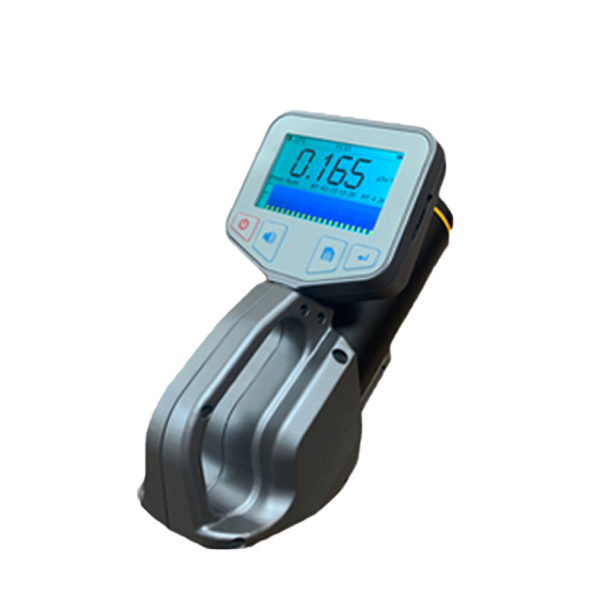
Radiation detection instrumentation
-
HYGP-2223 exposure type X, γ radiation measuring instrument
-
HYGP-2223BX, gamma dose rate meter (with tripod)
-
FI-329M intelligent household nuclear radiation detector
-
HY-2000M digital multi-channel gamma spectrometer
显示更多 -
-
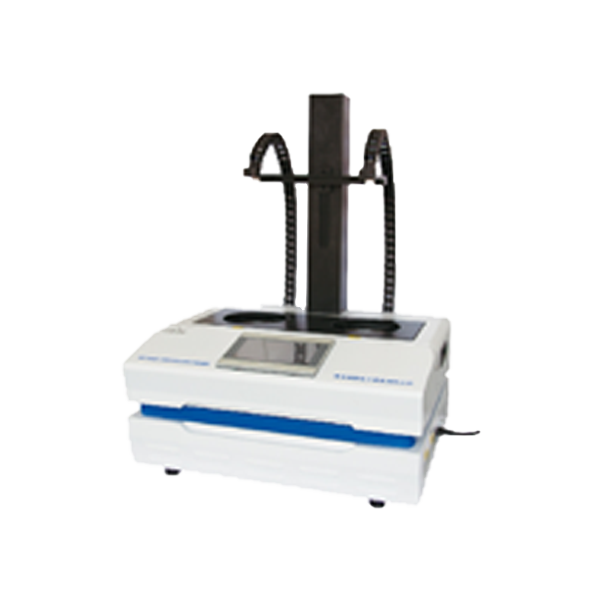
Laboratory Equipment
-
Radioactive distillation apparatus in water
-
2200Q portable turbidity meter
-
SPE Solid Phase Extraction Device
-
Portable spectrophotometer
显示更多 -
-
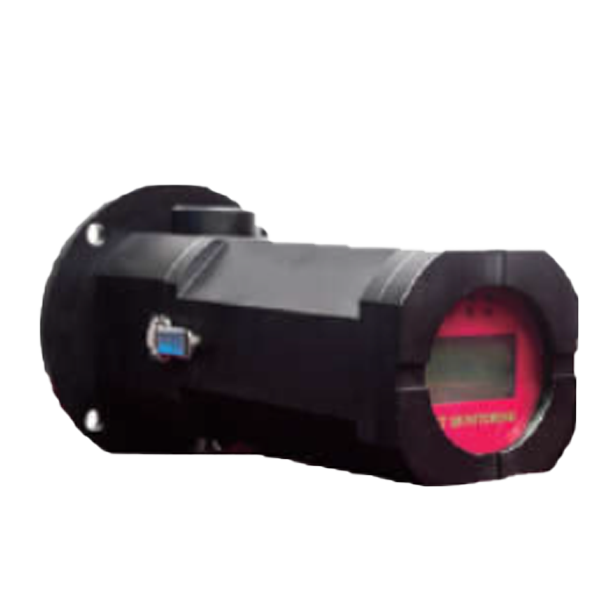
Portable environmental monitoring equipment
-
VOCs gas analyzer
-
Portable handheld VOC detector
-
Portable all-in-one multi-parameter analyzer
-
Dust detector
显示更多 -
-
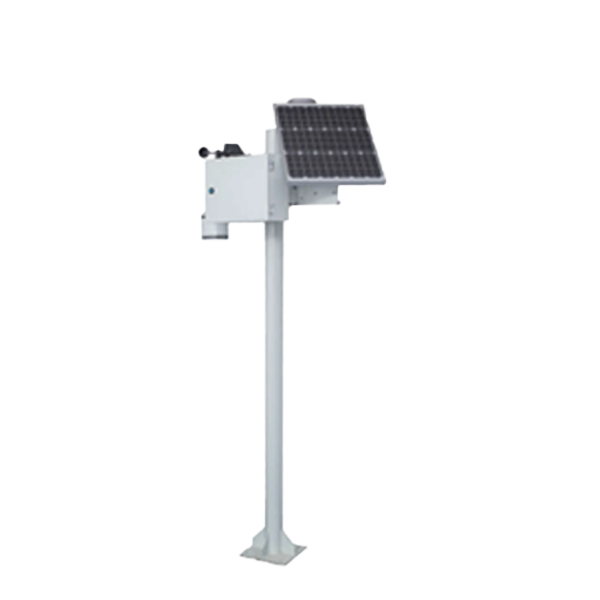
Environmental online monitoring system
-
CM-WG8200 grid air quality detection system
-
On-line monitoring system for CM-VOCs-5000 volatile organic compounds
显示更多 -
-
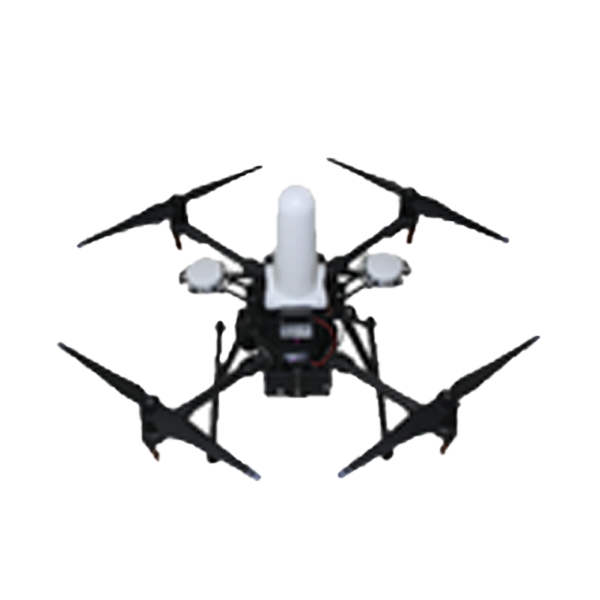
UAV Online Environmental Monitoring
-
OS-2 UAV Electromagnetic Environment Monitoring System
-
Nuclear emergency radioactive source search UAV
-
UAV Monitoring System
显示更多 -
-
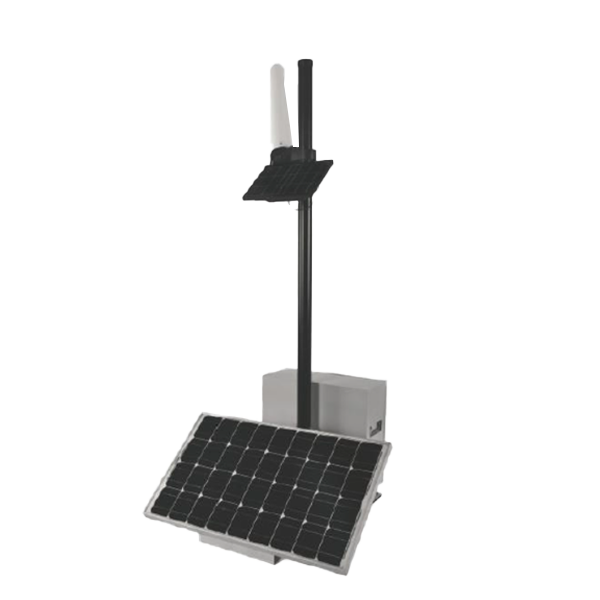
On-line Monitoring System of Electromagnetic Radiation
-
On-line Monitoring System of Electromagnetic Radiation
-
Automatic Monitoring System of HYEH460 Electromagnetic Radiation
-
HY-900A launch type radiation environment automatic monitoring station
-
OS-8 S Frequency Selective Electromagnetic Environment Online Monitoring System
显示更多 -
-
Unlocking the Secrets of Laboratory Equipment: How They Work
2025-08-14
Introduction
Ever wonder how those whirring machines and shiny tools in a lab really work? Well, buckle up! Today, we're diving into the intriguing world of laboratory equipment—or as it's known in Chinese, Laboratory Equipment—and unraveling the principles behind their operations. From beakers to centrifuges, let's explore!
The Heart of the Lab: Understanding the Basics
Laboratory equipment is the backbone of any scientific investigation. So, what's the deal with these tools? They're designed to assist scientists in conducting experiments, analyzing samples, and gathering data. In essence, they're like the unsung heroes of research!
Types of Laboratory Equipment
There's a plethora of laboratory equipment out there, but let's break it down into a few key categories:
- Glassware: Think beakers, flasks, and test tubes. These are essential for mixing and measuring liquids.
- Heating Devices: Bunsen burners and hot plates are crucial for providing the heat needed to drive reactions.
- Measurement Instruments: Scales, spectrophotometers, and pipettes help quantify results with precision.
- Separation Tools: Centrifuges and chromatographs are employed to separate components from mixtures.
How Do They Work? The Science Behind It
Now, here's where it gets really interesting. Each piece of laboratory equipment operates based on scientific principles. For instance, take the centrifuge:
Centrifuges: Spinning to Separate
A centrifuge spins samples at high speeds, creating a force that separates components based on density. Imagine a merry-go-round! The heavier particles fly outward while the lighter ones remain closer to the center. Voilà! You've got separation in action!
Spectrophotometers: Measuring Light
Next up, we have spectrophotometers. These nifty devices measure how much light a sample absorbs. By shining a specific wavelength through a liquid, scientists can determine concentration levels. It's like magic, but with science!
Safety First: Handling Laboratory Equipment
A quick heads-up! While these tools are awesome, safety is paramount when dealing with laboratory equipment. Always wear protective gear and follow protocols to avoid accidents. Remember, better safe than sorry!
Common Safety Practices
- Always wear lab coats and goggles.
- Know the location of safety equipment like fire extinguishers and eyewash stations.
- Handle chemicals with care and follow instructions.
Conclusion: The Future of Laboratory Equipment
As technology advances, so does the evolution of laboratory equipment. From automation to artificial intelligence, the future looks bright for researchers. Who knows? The next big breakthrough might just be a gadget we haven't even dreamed up yet!
So, there you have it—a whirlwind tour of how laboratory equipment works and its pivotal role in scientific discovery. Next time you step into a lab, you'll not only appreciate the tools but also understand the science that makes them tick!
Previous Page:

COOKIES
Our website uses cookies and similar technologies to personalize the advertising shown to you and to help you get the best experience on our website. For more information, see our Privacy & Cookie Policy
COOKIES
Our website uses cookies and similar technologies to personalize the advertising shown to you and to help you get the best experience on our website. For more information, see our Privacy & Cookie Policy
These cookies are necessary for basic functions such as payment. Standard cookies cannot be turned off and do not store any of your information.
These cookies collect information, such as how many people are using our site or which pages are popular, to help us improve the customer experience. Turning these cookies off will mean we can't collect information to improve your experience.
These cookies enable the website to provide enhanced functionality and personalization. They may be set by us or by third-party providers whose services we have added to our pages. If you do not allow these cookies, some or all of these services may not function properly.
These cookies help us understand what you are interested in so that we can show you relevant advertising on other websites. Turning these cookies off will mean we are unable to show you any personalized advertising.
online message
Telephone:13903018415(Manager Wang)
Business: 020-29026320
E-mail:wangxueli@haiyoukj.com
Address: Room 703, Tian 'an Innovation Building, Panyu Energy Saving Science Park, 555 Panyu Avenue North, Donghuan Street, Panyu District, Guangzhou

Sweep code attention

